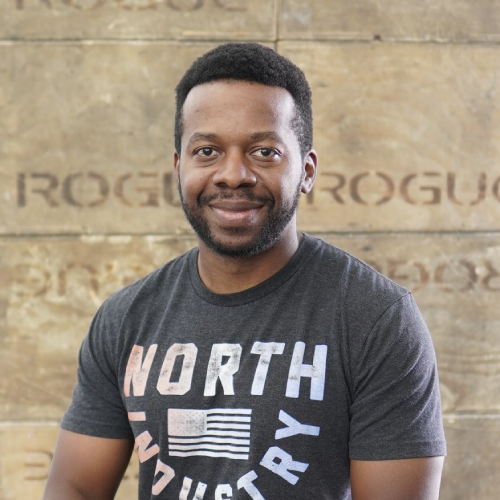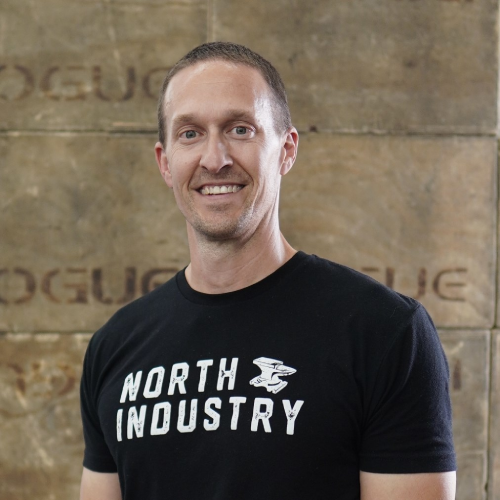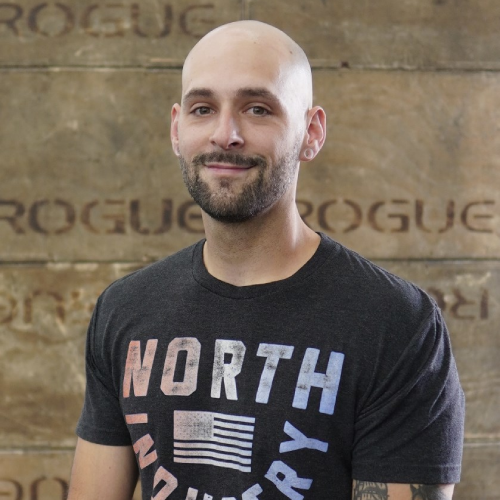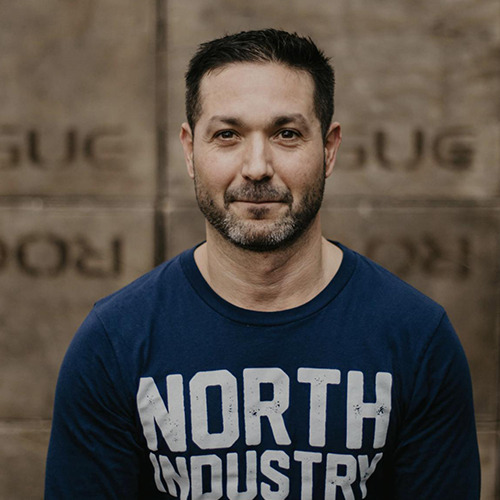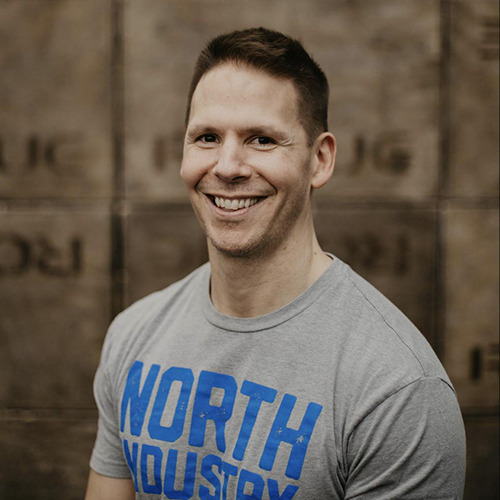The Problem with 6-Week Challenges, 90-Day Transformations, and Whatever Other BS the Fitness Industry is Pedaling These Days.
You see them everywhere, don’t you? Fitness businesses looking for “30 Committed Males, Ready to Accept the Challenge” or “We Only Have Room for 20 Serious Ladies Ready to Make a Change” and “Join our 90 TRANSFORMATION Challenge and Get Fit”. Then all the before and after pictures to show you that their “program” works. What’s their program? The same as it has always been: come in for an hour three or five days a week and we will run you around, make you sweat, tell you how awesome you are, and send you on your way. Maybe you get their “nutrition program” which is no different than anything you could have gotten from a one minute google search. It’s all BS. Recanned and repackaged as something new and improved. But it’s not. It’s the same concept it has been for the past 30 years: use exercise to burn calories so you lose weight. Eat these excepted “clean” foods from this list. Don’t eat these “bad” foods from this list. Drink water. And voila. You are “transformed”. And hopefully you lose weight (because if you lose weight, apparently you are “transformed”). I can’t even say the word transformed in this context without the quotations. It’s ridiculous.
The History of Transformation Challenges
The transformation marketing strategy has been around a long time. Since 1997 actually. No kidding. It’s been a big marketing tactic for the fitness industry for over 20 years. And it’s no wonder because it sparks excitement in people and gets them though the gym doors with predictability. But where did the transformation challenge come from? How did the whole thing get started? Let me share a story. My story actually. Because I did the first ever Transformation Challenge way back in 1997.
I had been working out since I was 15. I hadn’t started paying attention to nutrition yet, but I had been consistently working out for over 5 years at the time. One late morning I was pumping iron with my training partner. We were members at the local Power House gym which we joined a few months after graduating high school in 1994. (John Glenn High School if you’re local and wondering). We were between exercises and I needed to retreat to the bathroom. I walk in and to the right of the sinks and mirrors is a 24×36 poster in a frame. This new addition to the lavatory has a picture of a red Lamborghini Countach, and a guy and gal who are half naked and in great shape. Being a 22-year-old male at the time, it had my attention (looking back, this was great marketing). At the top in bold letters is the title, “The 1997 EAS Physique Transformation Challenge”. Underneath the super car, ripped abs, and beautiful woman, were the instructions for what I needed to do next. Take before and after pictures of your transformation and write a 500-word essay about it. You have three months to complete your mission. If it had said this message will self-destruct in 10 seconds after reading, I would have believed it.
I completed what I originally went in for, washed my hands, and walked out knowing what I was going to do. I told my training partner about it and he said, “don’t forget about us little guys”.
I can’t remember exactly what the process was to get started in the challenge. It must have been snail mail, the internet wasn’t a big thing at the time. Anyway, the short of the long is, I didn’t win. Go figure. But they sent me a certificate of completion which I felt good about. They also pointed out that only 10% of the participants had finished the challenge, and even though I didn’t win, it was quite an accomplishment. That really struck me.
It also brings me to my point about transformation challenges. If only 10% completed it, then 90% didn’t. So, you’re telling me these things have been around for 20 years and according to the first one ever done, have a 90% drop out rate. This also says nothing about the people who completed it, and whether they maintained their new healthy lifestyle after the challenge was over? From my experience, of over 20 years of training and coaching people, I would say no. So probably another 90% fall off after finishing. That breaks down to every 100 people who do one of these challenges, at best, 1% are still living a healthy lifestyle a year later. At best. And what about 10 years later??
It’s Good Marketing
So why are the challenges still here? Why does something that clearly does not help people live a healthy lifestyle long term still exist today? Well, I’m embarrassed to say for my industry, it’s good—if not great—marketing.
Marketing in fitness is geared to create an emotional response. All marketing is geared to create an emotional response. That’s what good marketing does. It breaks or disrupts your thinking and gets your attention. That happens through emotion, not logic, for most people. Once you’ve been snapped out of your current thinking, you can be led to do something different—buy a car, change the soap you use, take a vacation. So why should the fitness industry be any different in their marketing tactics? Well, for the majority of it, they aren’t. Their number one goal is to get you through the doors and signed up. After that, you are either on your own (big box gym), or in their program (transformation challenge, etc.). They use the idea of fast transformation to create positive emotion. To raise your belief that you can transform yourself in six weeks or three months. If three months equals a new body, that’s mentally manageable for most people and raises belief. If you believe you can do it, you will take action. Unfortunately, taking your health and fitness seriously for only three months isn’t a solution. If you want lasting change, which I know you do, it’s a lifestyle change – not a long vacation.
The fitness industry can’t sell long term change though because that doesn’t create a positive emotional response. For most people, the idea of long-term change makes them feel bad, not good, and who’s going to pay for something that makes them feel bad?? Have fun selling that.
It’s kind of a chicken and egg scenario. What came first? The fitness industry selling you a quick fix so you come in the door, or people only responding to a quick fix and not lifestyle change, so that’s what the industry sells? Not sure really. But one thing is for sure. If you want to end the cycle of starting and stopping, losing and gaining, winning and losing in your health and fitness, you are going to have to decide to make change. Nobody can do that for you. Pointing the finger at the fitness industry won’t do anybody any good. The responsibility always falls on ourselves to make the change if we want it.
The Hard Truth
I believe people need to hear the truth. Even if it’s upsetting. How can someone make accurate decisions in their life if they don’t have accurate information to make those decisions?? Well, they can’t.
Lifestyle change and or weight loss, is rarely if ever, a quick transformation. Actual transformations are few and far between, usually accompanied by a heart attack or cancer diagnosis. I’m not kidding. Drastic physical transformations need equally drastic mental transformations. Like a life-threatening diagnosis from a doctor. And even then, some people still don’t change their lifestyle. Almost everyone knows someone who has received news like this and kept smoking or continued their unhealthy ways. Fact is drastic behavior change is incredibly difficult without massive external motivation. It rarely comes through a mere decision to “transform”.
Now, I’m not picking on people, trying to be discouraging, or blaming you if you’ve “failed” at one of these challenges. Far from it. I’m coming to your defense. I’m talking about the fitness industry using these challenges to manipulate your emotions to get you in the door. This is either done intentionally to drive revenue or out of ignorance thinking that their challenge actually helps people. Most new coaches or trainers are too green to know that real transformations are rare. They haven’t seen enough people start and stop yet. If they stay in the game long enough, they will see that transformations from their program are few and far between. The fact that most people stop their new lifestyle after the challenge is over is evidence enough that the program didn’t work. Is someone really “transformed” if they aren’t still living a healthy lifestyle a year later?
The real injustice with these transformation challenges is the psychological toll they take on the people who try them. The starting and stopping (or starting and failing, which is how most will interpret it), makes people feel like they can’t do it, because being healthy requires drastic change and incredible will power. So when they aren’t able to stick with it, they see themselves as failing. Do this enough and they see themselves as failures and unable to live a healthy lifestyle. It’s downright wrong to do this to people. They should be told what any real fitness professional knows—living a healthy lifestyle and being a healthy person is about slow and gradual improvement. This way they know they are starting a process that they can sustain, that they don’t have to change everything today. And that they don’t have to feel like failures because they miss the mark here and there. That it’s not “failure”, it was a decision. And if you didn’t like the decision you made, forgive yourself, and work on making it less.
Wrap Up
So, you know the truth. What’s next?
First, change your mind. Focus on what the long-term vision of you healthy and fit looks like. How you want your body to look, feel, and work. Not three months from now, but three years from now. A picture of the future you is key.
Next, decide to get started.
Once you get started, it’s slow and gradual improvement with consistent effort over time. That’s it. Look at it like this—you already eat; you already move; you already wake up every day and do things. You just need to start making small improvements or changes in those areas. Repeating this over time is what creates a healthy you. It is as simple as that. Don’t change your life. Change your day.
The true test of a transformation is whether a person is still excited about and living a healthy lifestyle years after they started. They could even be in a different exercise program. Doesn’t matter. Real change is a change in views and beliefs, not exercises or nutrition strategies. It’s a change in values which stay with the person throughout their life. A real transformation can only occur when someone finally sees the value of themselves.
For a healthier future through personal responsibility,
Dennis Fenrich
Follow me:
@CFNorthIndustry for Twitter
@CrossFItNorthIndustry for Facebook


